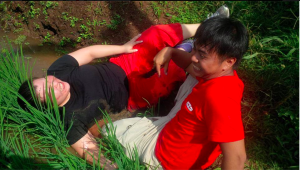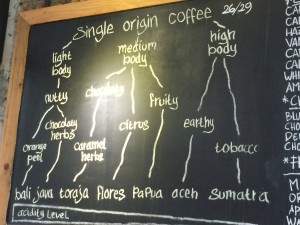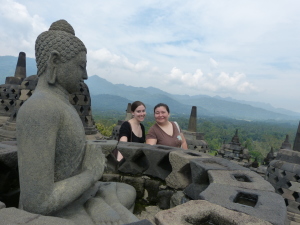Today was the first day of my three-day professional barista course hosted by ABCD (A Bunch of Caffeine Dealers) in Pasar Santa, a traditional market with a quirky, hipster food-truck culture food court in Jakarta.
I am excited – and ever so slightly intimidated. I am overwhelmed by how little I actually know about coffee. And I find it fascinating.
Coffee originated from Ethiopia around a millennium ago, and is the stuff of legend. Kaldi, an Abyssinian goatherd, noticed that his goats were unusually energetic after eating the red berries and leaves of an unfamiliar tree. He tried them himself, joined his dancing goats, and became known as the happiest goatherd in the Arab world. The story diverges here depending on who tells it. Kaldi either:
- Gave the strange fruit to an imam, who upon tasting it, was repulsed and threw it into the fire whereby it emitted a wonderful aroma, or
- Gave it to a passing monk who realized that drying and boiling the berries led to the most wonderful beverage.
Was the origin of coffee one of the first religious disputes? Either way, coffee as we know it today was born.
Whichever version of this myth you believe (if at all), it was Yemeni traders who introduced this strange and wonderful brew to the rest of the world along with the spread of Islam. But the growers were wily, only trading boiled seeds. This made them drinkable, but impossible to transplant. As a result, the successful proliferation of coffee is also due to a history of chicanery, mischief, or just plain thievery. And lots of sex.
In the 1600s, an Indian Sufi named Baba Budan smuggled seven seeds to India from Mocha, and started the global spread of coffee cultivation. (I’m pretty sure that THIS story didn’t involve sex given his presumed holiness!) But more importantly, this led the Dutch to try (and fail) to grow coffee at home, until they found an excellent climate in their colonies in the Indies. And in keeping with my Indo-Indian connection theme, it is interesting to note that it was the Dutch governor in Malabar, India who sent the first seedling to the Dutch governor of Batavia (modern day Jakarta).
Offshoots from these plants were reserved as gifts to close friends of the Dutch, including France’s Louis XIV, who jealously cultivated, picked, and roasted his own private coffee stash personally. When French Naval officer Gabriel Mathieu de Clieu pleaded with King Louis’s court to grant him a few seedlings to grow on the new colony of Martinique, he was denied. However, royal physician Pierre Chirac (any relation to Jacques?!?) was strategically seduced by a woman procured by de Clieu. This unnamed heroine was able to smuggle some seedlings to de Clieu just as he was about to set sail for Martinque. According to some accounts, these seedlings grew to become 90 million trees in the span of 60 years, launching the cultivation of coffee across Latin America.
Meanwhile, amidst a heated border dispute between French and Netherlands Guyana (modern day Surinam), Portuguese colonel Francisco de Melo Palheta was sent as a diplomatic envoy. While little is written about his success or failure to secure the peace, what IS said is that he managed to seduce the wife of the unyielding governor of French Guyana. She smuggled him some seeds hidden in a lavish bouquet of flowers – and the rest is history.
Today, Indian coffee is produced predominantly by small growers in South India (Karnataka, Kerala, and Tamil Nadu). Their product is low in volume but high in quality –reputed to be the finest shade-grown coffee in the world. (The coffee plant is quite temperamental. Mountain grown coffee gains natural shade from the peak, while plains grown coffee requires the planting of “shade trees” to minimize exposure. )
Indonesia, meanwhile, is the world’s number four coffee producer. Sitting perfectly in the coffee or bean belt, in many ways it is an ideal place to grow coffee. Unfortunately, according to Hendri Kurinawan, our coffee guru at ABCD, Indonesian growers have not been disciplined at segmenting their coffee plants, leading to a challenge for Indonesian growers to provide clearly designated single origin. But distinctly Indonesian coffees include Luwak (yup, the civic poop coffee!) and Timor, a hybrid of Robusta and Arabica beans.

Map courtesy of National Geographic — thank you for licensing your images for free for non-commercial uses!) The Coffee / Bean Belt stretches equidistant across the equator from the Tropic of Cancer through the Tropic of Capricorn.
Hendri ends today’s class by passionately asking us to take our learnings and become coffee snobs – not in the sense of turning our noses up at coffees we don’t like – but rather to appreciate the many distinct flavors, and demand higher quality from our brewers, who will in turn require higher standards from their roasters, who in turn will only source from reputable, reliable and sustainable growers. I couldn’t agree more – and am excited to see what tomorrow brings.
(Side note – as I write this I am EXTREMELY caffeinated, having completed my first cupping class at ABCD and now sitting in the same Café Anomali sipping a single origin Bali brew. Slowly but surely making my way through their list!)








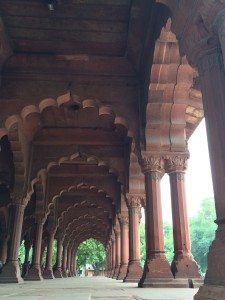
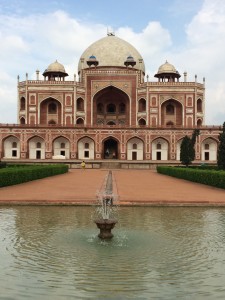
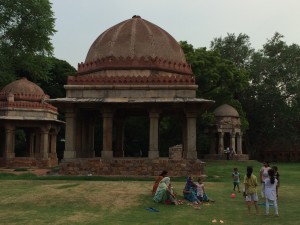
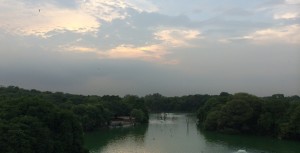
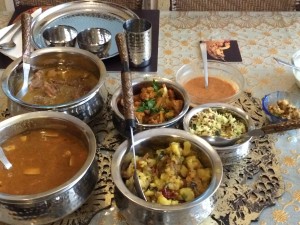

![FullSizeRender[1]](http://www.weekendcrossroad.com/wp-content/uploads/2015/01/FullSizeRender1-225x300.jpg)

